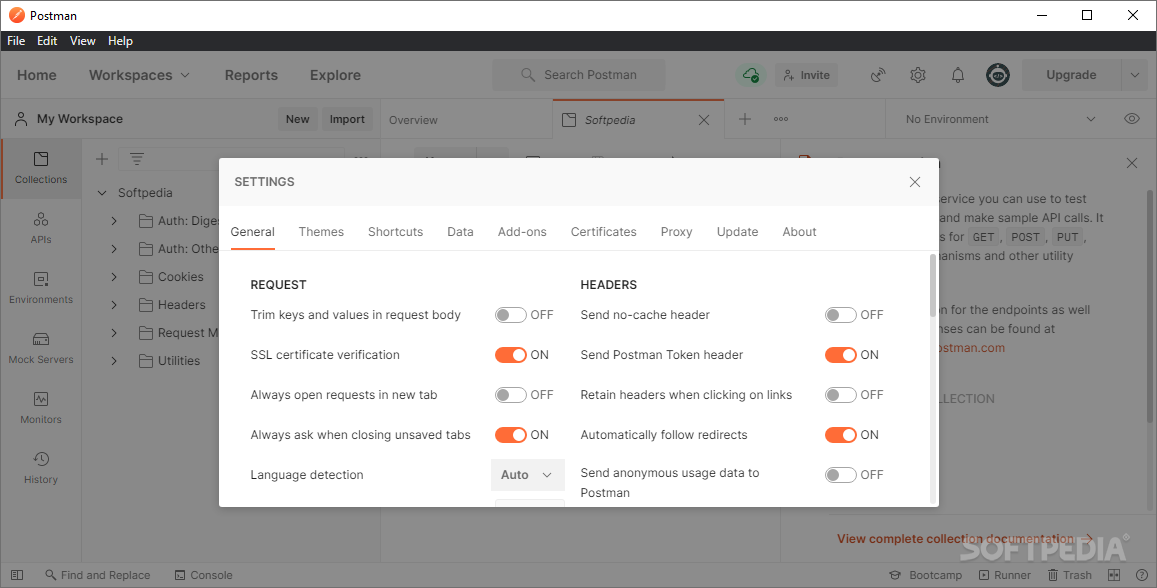

This kind of pervasive data collection on all of your networked devices allows you to quickly detect and react upon, for example, system-wide issues and security incidents. Beats are the perfect match if you need to collect data without having the resources to run resource-intensive data collectors. Being lightweight, Beats do not incur much runtime overhead and they can therefore run and collect data on devices with limited hardware resources, such as IoT devices, edge device, or embedded devices.

It encodes the URL of your cluster and, as we will see, simplifies data ingestion into it.Įlastic Beats are a set of lightweight data shippers that allow to conveniently send data to Elasticsearch Service. The Cloud ID is of the form cluster_name:ZXVy.Q2Zg=. Once you create a cluster, you will be provided with both a Cloud ID and password for the elastic superuser account.

If you have not yet done so, sign up for a free trial on Elastic Cloud. Under the hood, all of the described methods rely on this API to ingest data into Elasticsearch.įor the remainder of this article, we assume that you have already created your Elasticsearch Service cluster. REST calls are therefore used to ingest data, perform search and data analytics, as well as to manage the cluster and its indices.

Now, get ready to dive into data ingestion using the following methods:Įlasticsearch provides a flexible RESTful API for communication with client applications. A lively community is likely to be able to answer your questions. The only thing that changes is how you address the cluster.īefore we dive into technical details: should you experience any questions or issues while following this article, please do not hesitate to head over to. While we focus on these services, data ingestion into a self-managed Elasticsearch cluster looks almost the same. This might be a cluster which is either hosted on Elastic Cloud or on its on-premise variant, Elastic Cloud Enterprise. This article describes a few of the most common ways to ingest data into Elasticsearch Service. While there now exist freely available solutions for these use cases, developers need to feed their data into Elasticsearch in the first place. Developers and communities leverage Elasticsearch for the most diverse use cases, from application search and website search, to logging, infrastructure monitoring, APM, and security analytics. Elasticsearch is omnipresent for data search and analytics.


 0 kommentar(er)
0 kommentar(er)
